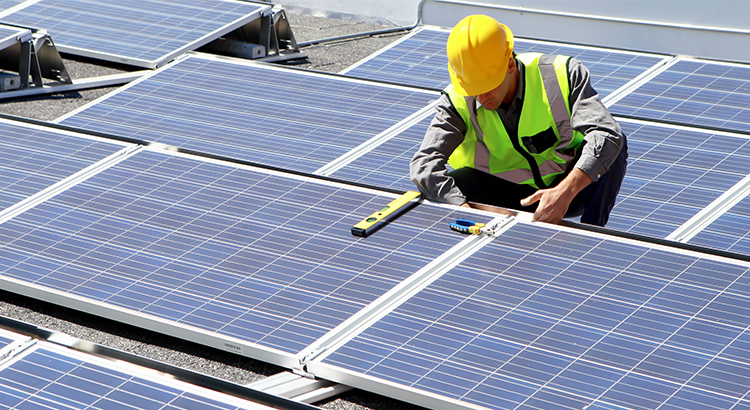Adding Solar Panels to an Existing System: A Comprehensive Guide

Installing solar panels can result in significant energy cost reductions in addition to lowering carbon footprints. If a person currently has a solar system installed, adding more solar panels to it might enhance these advantages even more.
On the other hand, adding more panels to an existing configuration calls for some thought and preparation. In this comprehensive guide, we will go over the steps, difficulties, advantages, and things to think about when integrating solar panels into an already-existing system.
Common Challenges of Adding Solar Panels to an Existing System
1. Grid Permission
When you want to increase the capacity of your solar panel system, you must get grid approval. To manage the extra energy produced, a high-power inverter must be installed. When updating the system, make sure it complies with Australian Photovoltaic Standards.
2. Solar Panel Compatibility
Australian standards may prohibit the mixing of new and old solar panels. Consider swapping out outdated panels with more modern ones to guarantee compatibility. This might require rewiring the entire system to meet current standards.
3. Electrical System Upgrade
It’s possible that a lot of current home solar panel systems aren’t intended for easy expansion. It is important to upgrade the electrical infrastructure in order to effectively integrate the power produced by the new panels. This could involve installing additional inverters or upgrading existing ones.
4. Structural Capacity
Increasing the number of solar panels adds dead load to the building structure, which can be a concern in regions with heavy snowfall or other structural limitations. Consulting with expert solar installers and reinforcing the building structure, if necessary, can ensure the safety and stability of the installation.
Why Add Solar Panels to an Existing System?
1. Increased Energy Production
Additional solar panels can meet the growing energy demands of households, especially with the adoption of new electrical appliances or the transition from gas-powered to electric appliances.
2. Enhanced Reliability During Outages
Solar panel systems with backup batteries provide a reliable source of power during localized power outages, ensuring uninterrupted electricity supply even during adverse weather conditions.
3. Reduced Electricity Bills
Expanding the solar panel array can significantly lower electricity bills by harnessing more solar energy and potentially allowing homeowners to sell surplus energy back to the grid.
4. Addressing Underperformance
Over time, solar panels may experience a decline in efficiency. Supplementing the existing system with new panels can address performance issues and maintain optimal energy generation.
Factors to Consider Before a Solar Panel System Upgrade
1. Check Feed-In Tariffs Rules
Assess the impact on feed-in tariffs post-upgrade. Some policies may allow retention of old tariffs. Evaluate profitability under new versus old tariffs to determine the optimal decision.
2. Inspect Solar Panels System Size Limit
Verify city regulations on size and energy production. Exceeding limits may trigger extra fees from power companies. Consult the power network operator to understand the allowable expansion limit.
How to Add Solar Panels to an Existing System?
1. Select the Solar Panel System
Select the type of solar panels that best fit your needs, considering factors such as efficiency, cost, and available space. Options include polycrystalline, monocrystalline, and thin film.
2. Consider Panel Placement
Carefully assess the location for installing the new panels. Choose areas with maximum sunlight exposure, avoiding shade and obstructions to ensure optimal efficiency.
3. Connect the New Panels
Connect the newly acquired panels to your current solar setup. This involves wiring the panels to your existing inverter and configuring the system to accommodate the additional energy output.
4. Monitor System Performance
Regularly monitor the performance of your solar system after the new panels are installed. Keep track of energy production and usage, as well as any changes in utility bills, to ensure the system operates as expected.
Wrapping Up
Expanding an existing solar panel system offers numerous benefits. However, it’s essential to understand the challenges and factors to consider before upgrading an existing solar panel system. This article might help you with that.
Tags: solar system upgrade
